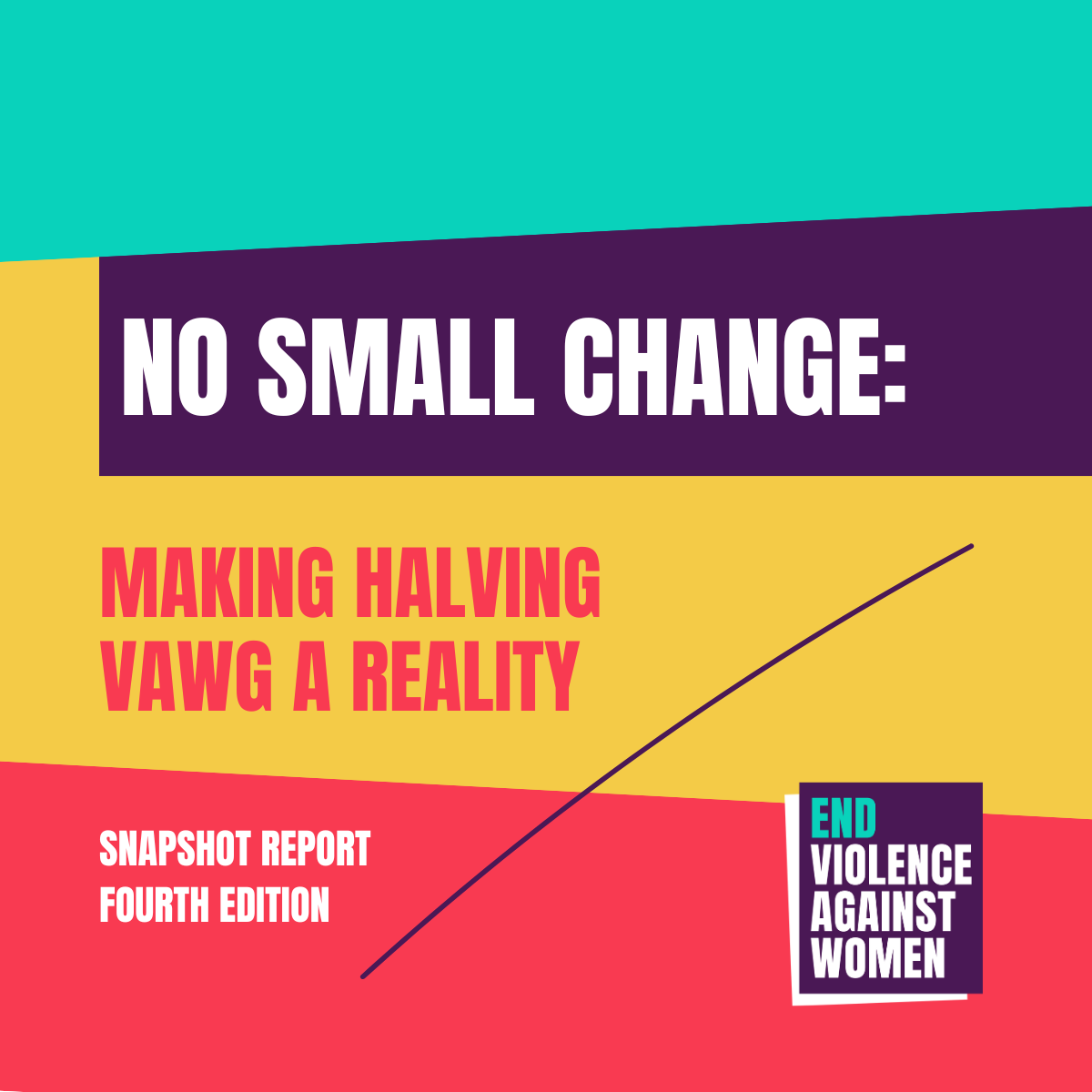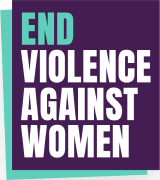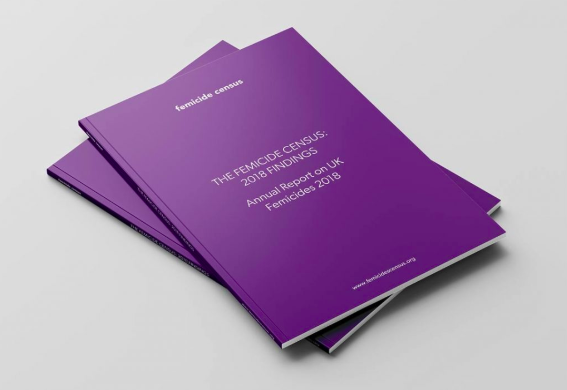 19 Mar
19 Mar
The Femicide Census report published today (20.02.20) on UK femicides in 2018 finds men who have already killed women are killing again – three men had already killed women before – and over half of perpetrators (52%) had a history of violence to women. The report, published by Women’s Aid and Co-Founded by Karen Ingala-Smith also shows:
- 149 women killed by 147 men in the UK in 2018
- 91 women (61%) were killed by their current or former partner
- 58 women (39%) were killed by men who were not or had never been intimate partners, including:
- 12 women (8%) were killed by sons or step-sons; a further 5 women (3%) were killed by a son-in-law or ex son-in-law
- 6 women (4%) were killed by a social acquaintance
- 6 women (4%) were killed by other acquaintances
- 6 women (4%) were killed by a neighbour or housemate
- 2 women were killed on their first contact with a sexually motivated killer
- 2 women were killed in the context of prostitution
- Only 6% of femicides (9 victims) were committed by a stranger or where there was no known relationship between the victim and the perpetrator, 3 women were killed in the context of robberies/burglaries
- 41% (37 of 91) of women killed by a partner/former partner had separated or taken steps to separate from him with 30% of them (11/37) killed within the first month and 70% (24/37) killed within the first year post separation
- 102 femicides (68%) took place in the woman’s house – which may (35%) or may not (33%) have been shared with the perpetrator
- 23 women (15%) were over 66-years-old when they were killed
- 16 men (11%) who killed women were known to use prostitution and pornography, including one man who accessed images of child sexual abuse
- Overkilling was evident in 56% of cases
- 52% of perpetrators had previous histories of violence against the victim or other women
- 3 men had previously killed a woman.
The report highlights that in over half the cases (52%) the perpetrator had previously been violent to women and that as many as 61% of the killings were committed by a current or former partner.
As in previous years most women were killed by men using a sharp instrument, followed by strangulation or asphyxiation and then by the use of a blunt instrument. In 68% of cases the killings took place in or immediately around (garage/garden) the woman’s home. This may be her own home or a home shared with the perpetrator and includes not only private houses but sheltered housing, mixed hostels or care facilities.
Overkilling was again prevalent this year in as many as 56% of cases. Overkilling is defined as the use of excessive, gratuitous violence beyond that necessary to cause the victim’s death. It may involve using more than one method of killing or it may involve one method but multiply repeated.
The report highlights that media coverage of such cases often describes them as “frenzied” and as the result of “a loss of control”. However, killing women is the act of ultimate control rather than a loss of control. In one femicide the post mortem carried out on the victim established that most of the 70+ stab sounds inflicted were very shallow and in fact indicated a remarkably high degree of control. Similarly, some cases are described as suicide pacts/murder suicides and some cases involving older couples or a son killing an elderly mother are sometimes portrayed as mercy killings or being unable to cope with caring responsibilities or witnessing suffering. Yet this picture is undermined given that overkilling is often still present with, for instance, the victim dying of multiple injuries from a blunt instrument, or a knife, or in one case, the victim being thrown off a balcony to her death.
Karen Ingala Smith, Co-founder of The Femicide Census, said “There is a high degree of normalisation of men’s violence against women and no end of excuses or rationales assumed and extended to perpetrators often without foundation. We urge media to be more professionally curious and to situate such killings in current research and in the context of what we know about the history of the relationship. For instance, robustly challenging the narratives that killers lay out in court, asking whether, in a so-called mercy killing or suicide pact, there has been a history of controlling behaviour or violence towards her.”
“In 52% of femicides in 2018, there was evidence of some sort, often from things victims had said to friends or families even if not actually in reports to police, to suggest a previous history of his violence and controlling behaviour towards her. In too many cases there was also evidence of his having a history of violence towards other women with 3 perpetrators having even previously killed another woman. Women are reaching out for help and many men are known to be dangerous to women but we don’t seem to be turning this knowledge into ways to save women’s lives”
“It is important to honour the names and lives of the women killed but it is galling to have to report such a catalogue of violence and abuse year after year. Every year we make recommendations and every Domestic Homicide Review points out lessons to be learned – yet they seem to go unheeded.”
“It’s also important that we challenge received wisdom about seeing leaving a violent relationship being a straightforward way that women can remove themselves from the danger of a violent partner. 41% of women killed by someone who was, or had been, an intimate partner had left him already or were taking steps to separate from him, with 30% of these women killed within the first month and 70% killed within the first year post separation.”
“For every woman killed there are thousands of women living in violent, controlling and abusive relationships. The closure and under-resourcing of specialist women-only services and refuges and of public services means that even where women may want to leave, they may struggle to find the help, support and safety they need and to which they are entitled. We know how violence against women works, we know what sorts of interventions and support women need, we know the critical role played by sex-inequalities, we have drawn all the lessons and made all the recommendations. We need implementation and the resources that go with that, we need to be making ambitious changes to women’s status in society and men’s entitlement, we need to robustly challenge sex role stereotypes – and we need women to be believed, respected and valued and perpetrators to be held to account.”
The Femicide Census comes a week after the Home Office published statistics on Crime Statistics 2019 which revealed the number of women and girls killed in England and Wales has risen 10% on last year to the highest level since 2006. Our Director wrote a piece in the New Statesman highlighting the need to redesign our response to domestic abuse with women at the centre and accountability rather than invisibility of perpetrators. And that for all of this, we need leaders and champions across every part of public life.
Recommended ARTICLES
 19 Mar
19 Mar
 05 Mar
05 Mar
 27 Feb
27 Feb

